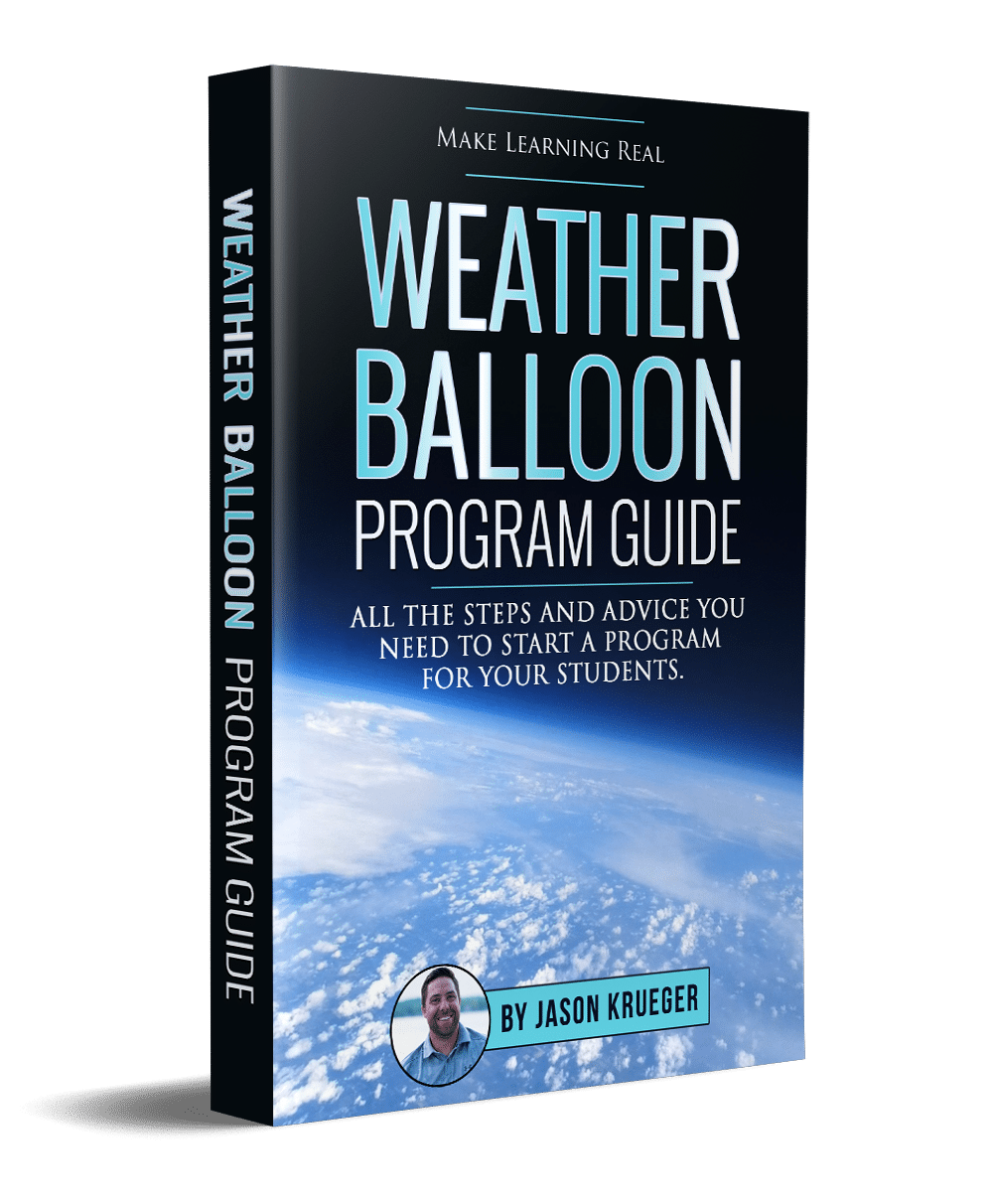Indian Valley Middle School is in Enon, Ohio, just east of Dayton. We’re dedicating a short series of three blog posts to this weather balloon project, to document exactly how StratoStar helps educators Educate, Explore, and Engage students with project-based learning (PBL) tools. In this post, we want you to meet the school, the teachers, and a couple of the students.
Indian Valley Middle School Weather Balloon Project
Tom Jenkins wanted a hands-on and engaging project for his 8th grade STEM class, and he wanted to challenge them in ways they wouldn’t normally be challenged. He looked for a project that would allow to students to take control of their own education, give them a process, and let them see it through step-by-step, ending with real, visible results, rather than simply formulating a graph based on hypothetical equations. He decided to implement a high altitude balloon launch with Stratostar products to provide his class with project-based learning examples.
Mr. Jenkins unlocked student curiosity by dividing his class into small teams. His students designed their own experiments. The students designed and planned the entire experiment, starting with brainstorming many different experiment ideas, and determining whether sending that experiment to into the edge of space would affect the outcome. They even picked the places where the cameras would go on the experiment. The variability of the environment at 60,000 feet gave them a unique opportunity to test hypotheses they could never test in their lab on Earth.
Additionally, Ms. North taught specific ideas in her Algebra I class that directly affected how the project was accomplished, like exponential functions, graphing quadratic equations, and drawing things to scale to make sure the experiments would fit within the boxes. More than that, though, the project engaged the majority of classes at the school including science, math, STEM class, and even language arts and history.
Tyler, an 8th-grade student at Indian Valley, was excited about the experiment from the beginning. His team planned to send crickets into near space, and wanted to design an environment that would allow the crickets to survive the trip. Just the fact that he was able to send something to the edge of space was awe-inspiring to him.
“For someone to be able to do this at such a young age—it was just a great experience,” said Tyler.
Jessie Garrett, another 8th grader who took part in the weather balloon project, loved the opportunity to work with a team and the excitement that was building around them. Both of them said they were interested in becoming scientists in the future, and that’s why we do what we do: we want to inspire the next generation of scientists.
In the next post, we’ll talk about the actual launch of the balloon and more about the experiments they sent up into the edge of space. We’ll also talk about some of the things we encountered that made this launch particularly exciting.



